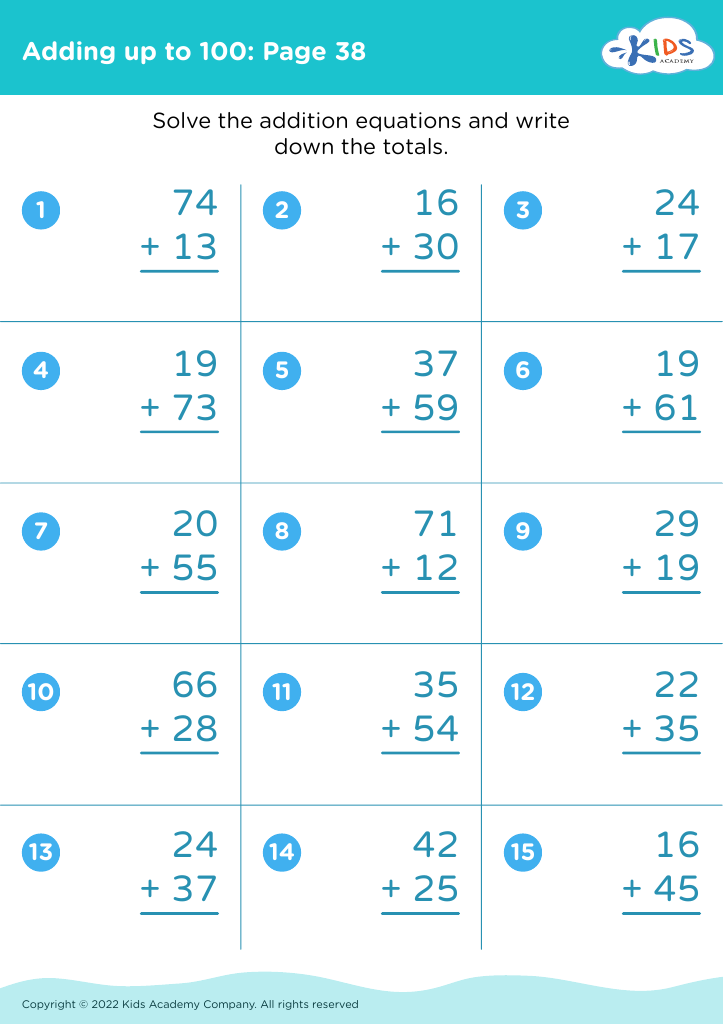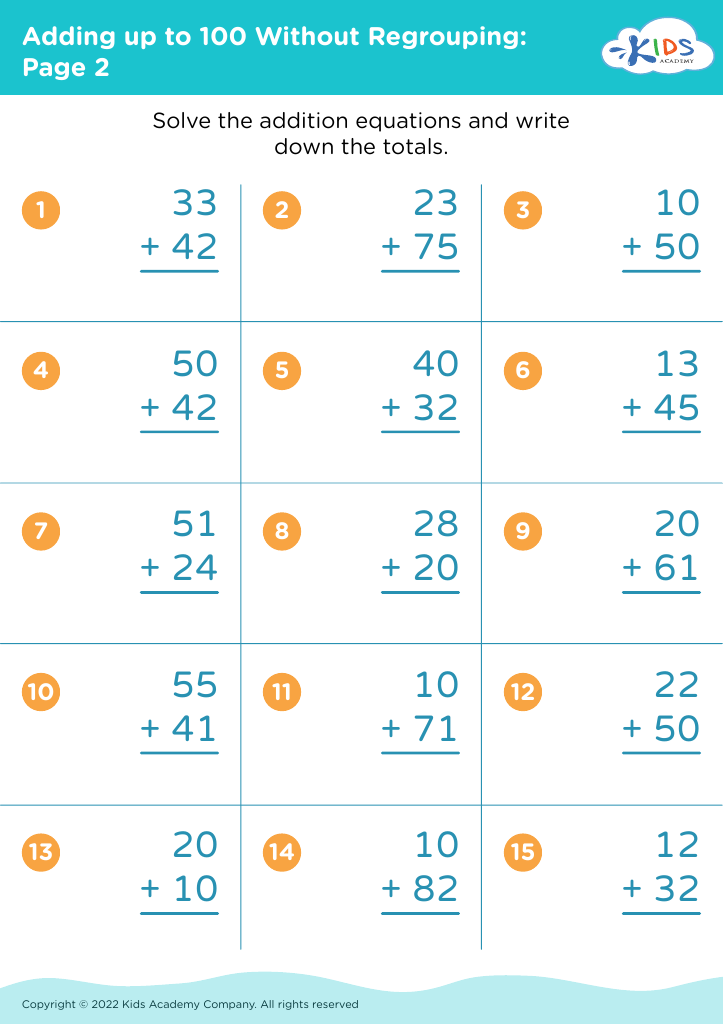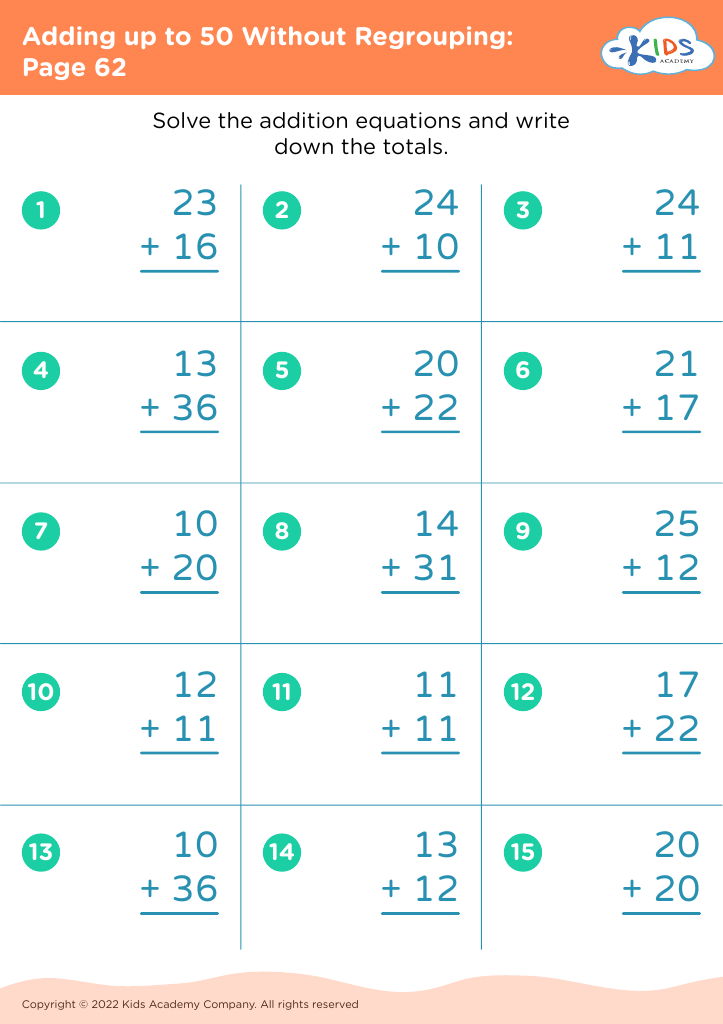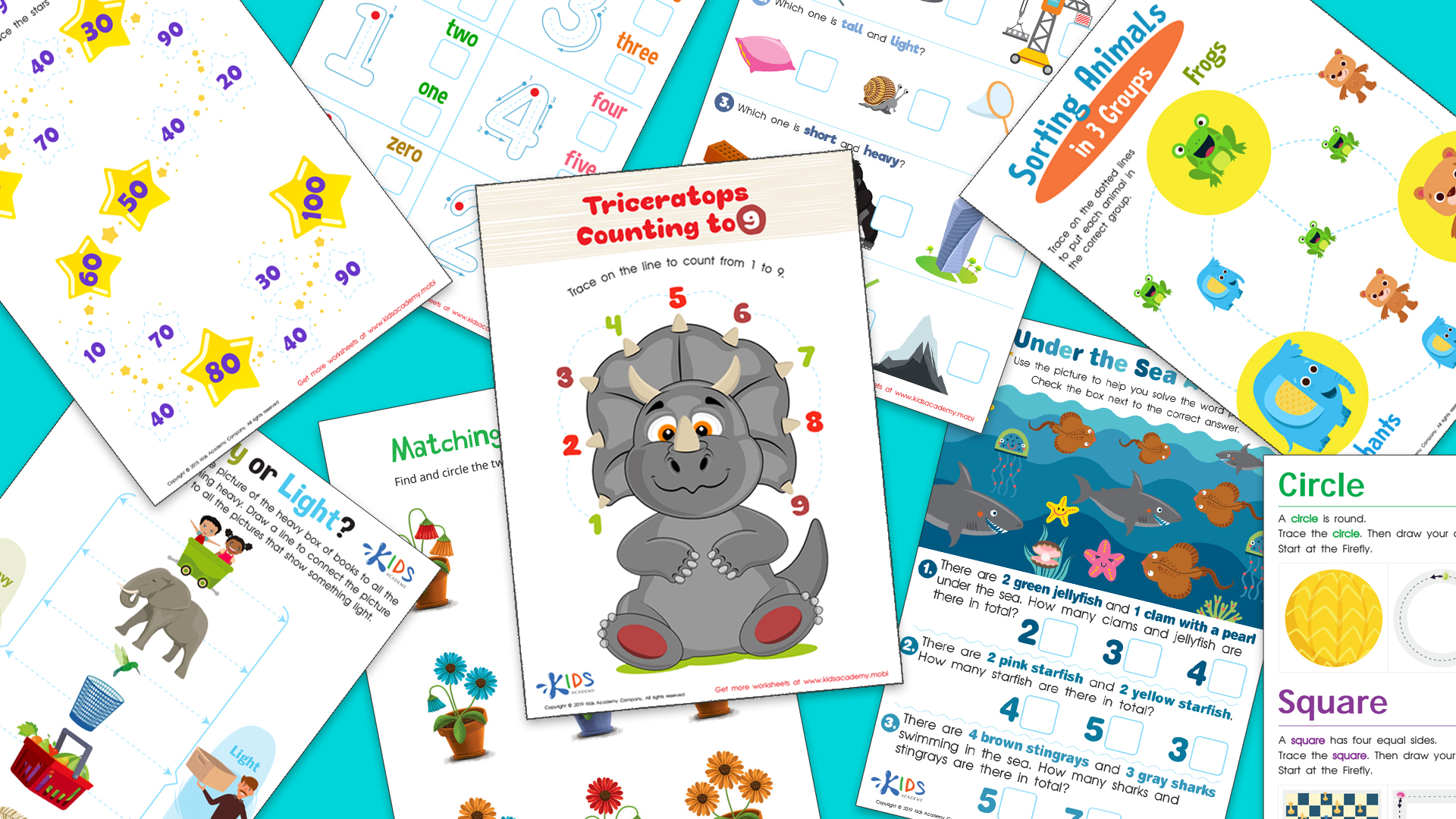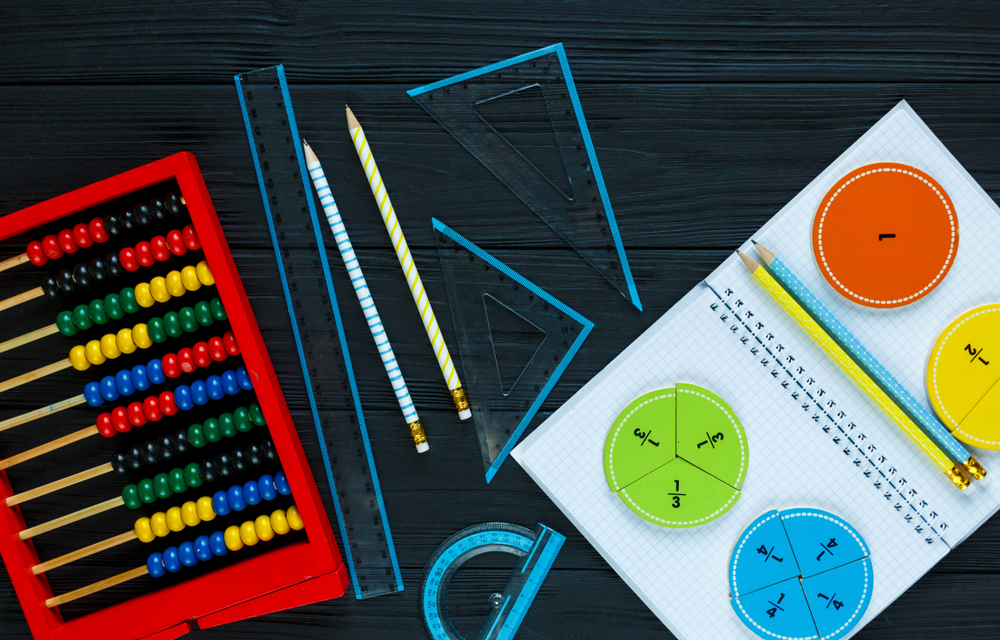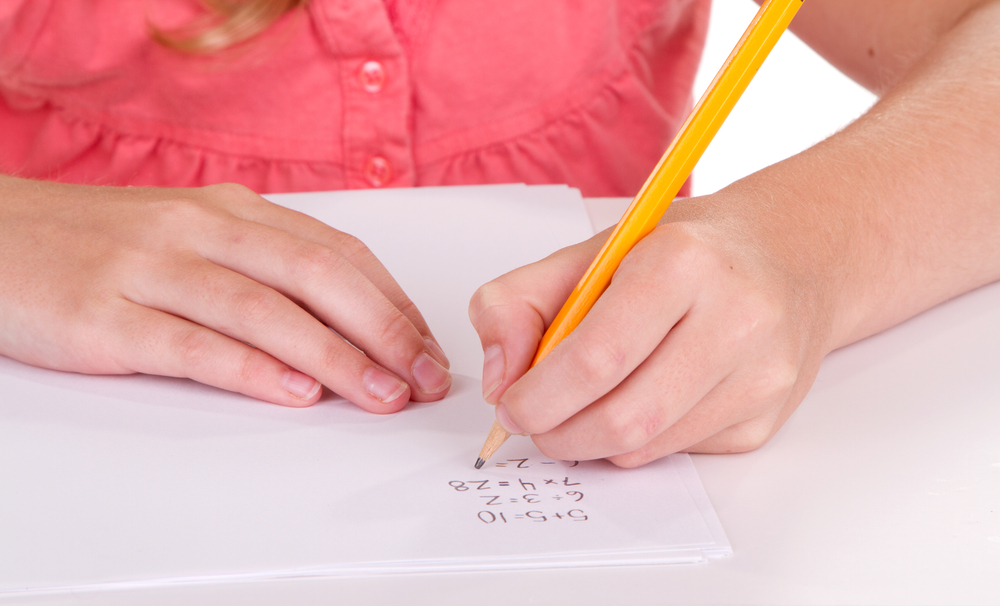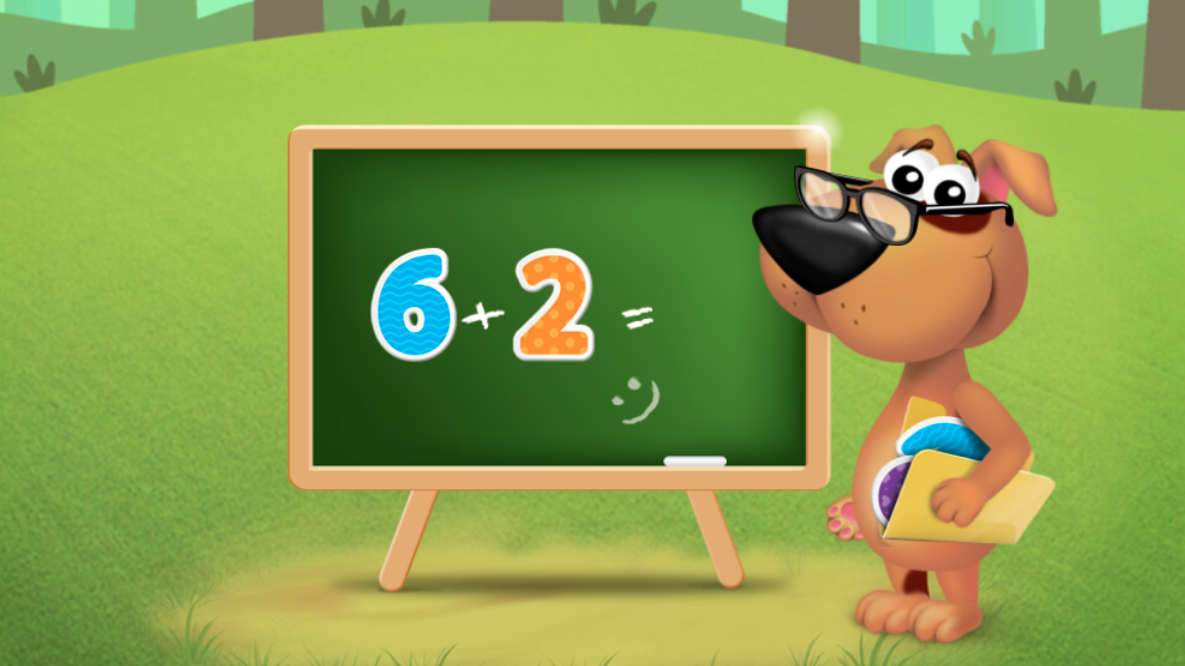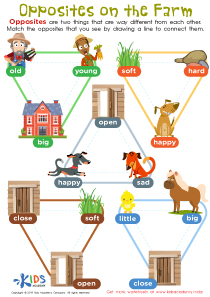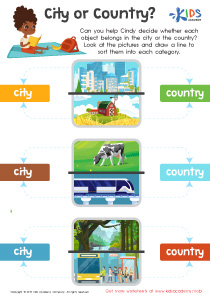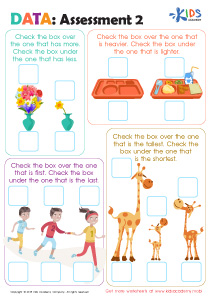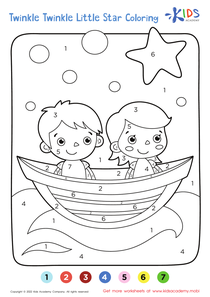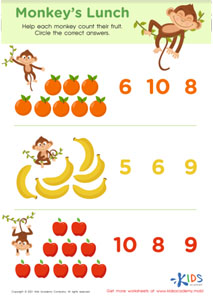Color matching Addition & Subtraction Worksheets for 8-Year-Olds
3 filtered results
-
From - To
Boost your child's math skills with our vibrant "Color Matching Addition & Subtraction Worksheets" tailored for 8-year-olds! These engaging worksheets blend fun with learning by pairing math problems with colorful illustrations, making addition and subtraction exciting and easy to grasp. Designed to reinforce basic math principles, each worksheet encourages young learners to match and color, ensuring they stay actively involved. Perfect for home or classroom use, our worksheets not only support critical thinking but also enhance attention to detail. Get ready to watch your child develop a love for math with these entertaining and educational resources!
Color matching, combined with addition and subtraction activities, offers a highly effective way for 8-year-olds to enhance their mathematical abilities while engaging in a fun and visually appealing manner. Parents and teachers should care about this because it merges cognitive learning with visual and tactile elements, making the learning process more holistic and engaging. For 8-year-olds, whose attention spans and enthusiasm for learning are still developing, the integration of colors can make abstract math concepts more concrete and relatable.
First, color matching helps to improve memory and recall. Associating colors with numbers can anchor mathematical concepts in a child’s mind, making it easier for them to retain basic addition and subtraction skills. Second, the use of colors can help to reduce math anxiety, a common issue among young learners. The bright and cheerful appearance of color-coded problems makes the learning experience less intimidating and more approachable.
Additionally, engaging in color matching exercises helps in developing fine motor skills and hand-eye coordination. These activities often require the physical act of coloring or drawing, which simultaneously supports the development of writing skills. Finally, such enrichments cater to different learning styles, particularly visual and kinesthetic learners, ensuring that each child has an equitable opportunity to grasp foundational math concepts effectively.
